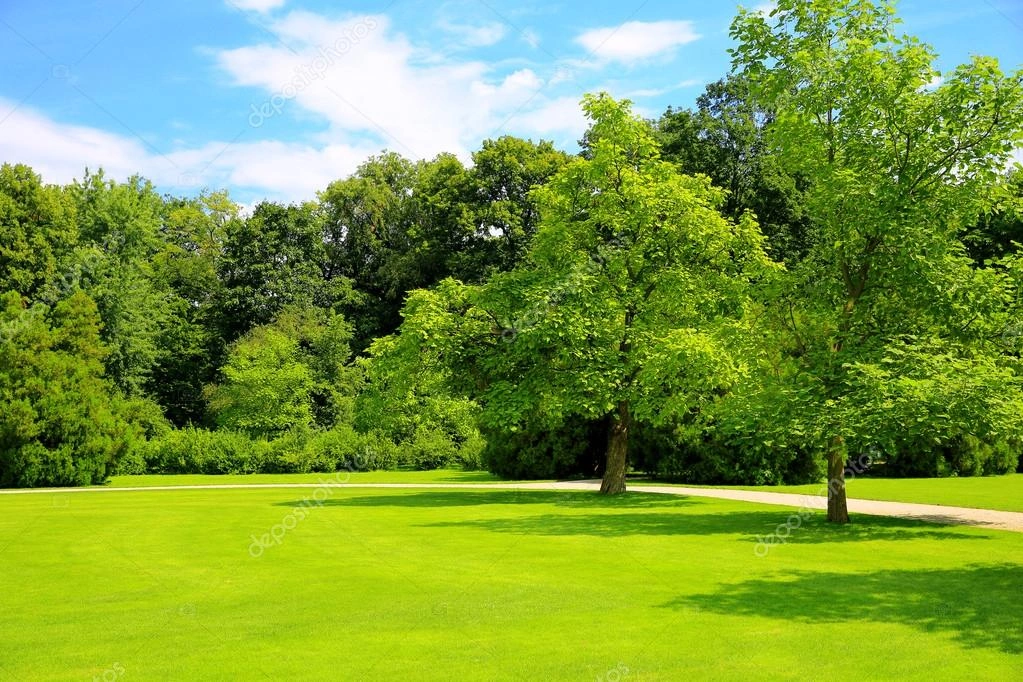AIR
Trees help to clean the air we breathe. Through their leaves and bark, they absorb harmful pollutants and release clean oxygen for us to breathe. In urban environments, trees absorb pollutant gases like nitrogen oxides, ozone, and carbon monoxide, and sweep up particles like dust and smoke. Increasing levels of carbon dioxide caused by deforestation and fossil fuel combustion trap heat in the atmosphere. Healthy, strong trees act as carbon sinks, offset carbon and reducing the effects of climate change.
WATER
Trees play a key role in capturing rainwater and reducing the risk of natural disasters like floods and landslides. Their intricate root systems act like filters, removing pollutants and slowing down the water’s absorption into the soil. This process prevents harmful waterslide erosion and reduces the risk of over-saturation and flooding. According to the UN Food and Agriculture Association, a mature evergreen tree can intercept more than 15,000 litres of water every year.
BIODIVERSITY
A single tree can be home to hundreds of species of insect, fungi, moss, mammals, and plants. Depending on the kind of food and shelter they need, different forest animals require different types of habitat. Without trees, forest creatures would have nowhere to call home.
These forests occur as a result of fires or logging. Shrubs, grasses, and young trees attract animals like black bears.
In middle-aged forests, taller trees begin to outgrow weaker trees and vegetation. An open canopy allows for the growth of ground vegetation prefered by animals like salamanders, elk, and tree frogs.
With large trees, a complex canopy, and a highly developed understory of vegetation, old forests provide habitat for an array of animals, including bats, squirrels, and many birds.
SOCIAL IMPACT
From arborists to loggers and researchers, the job opportunities provided by the forestry industry are endless. We don’t just rely on trees for work, though. Sustainable tree farming provides timber to build homes and shelters, and wood to burn for cooking and heating. Food-producing trees provide fruit, nuts, berries, and leaves for consumption by both humans and animals, and pack a powerful nutritional punch.
HEALTH
Did you know that hospital patients with rooms overlooking trees recover faster than those without the same view? It’s impossible to ignore that feeling of elation you get while walking through a calm, quiet forest. Trees help reduce stress and anxiety, and allow us to reconnect with nature. In addition, shade provided by tree coverage helps protect our skin from the ever-increasing harshness of the sun.
CLIMATE
Trees help cool the planet by sucking in and storing harmful greenhouse gases like carbon dioxide into their trunks, branches, and leaves — and releasing oxygen back into the atmosphere. In cities, trees can reduce ambient temperatures by up to 8° Celsius. With more than 50% of the world’s population living in cities — a number expected to increase to 66% by the year 2050 — pollution and overheating are becoming a real threat. Fortunately, a mature tree can absorb an average of 22lbs of carbon dioxide per year, making cities a healthier, safer place to live.
















